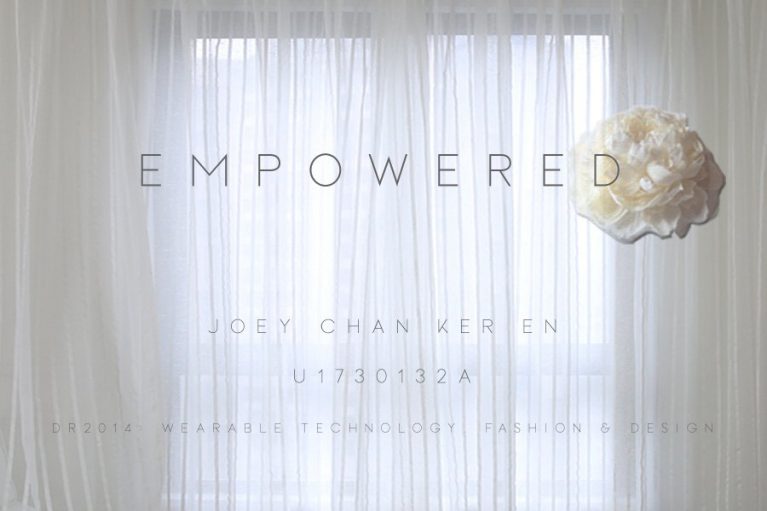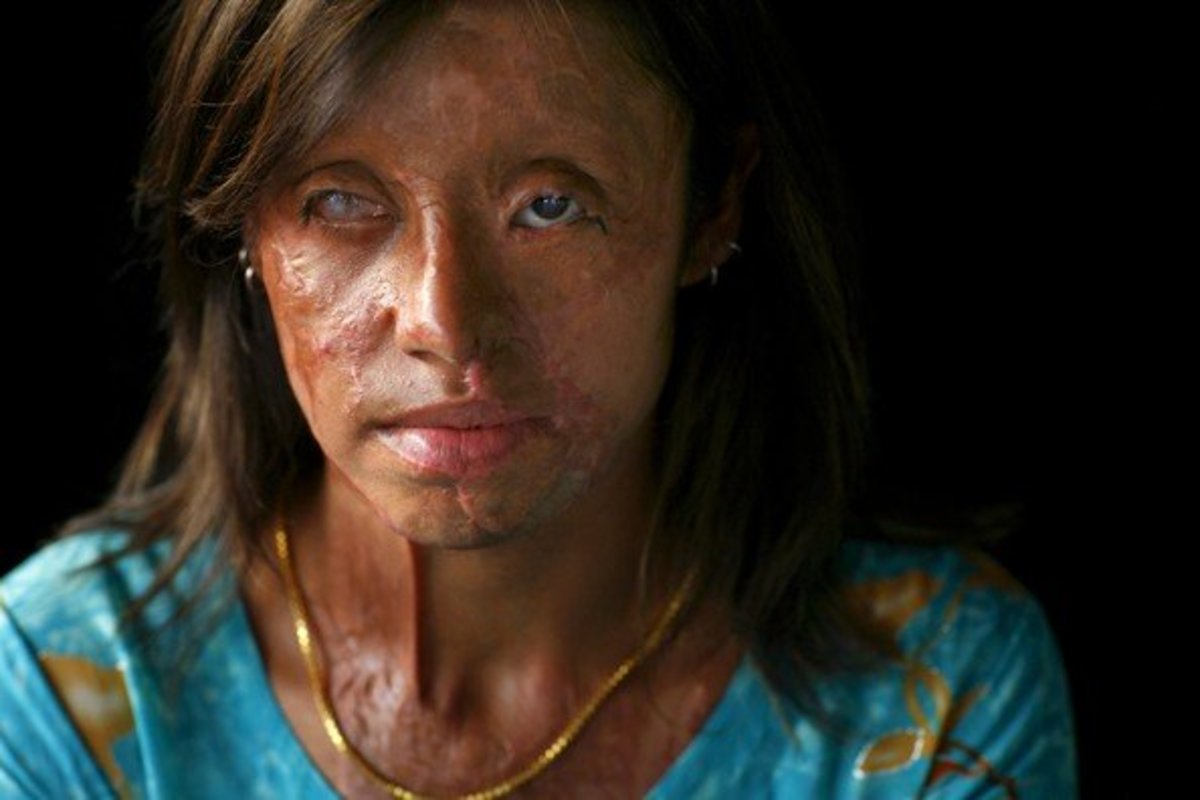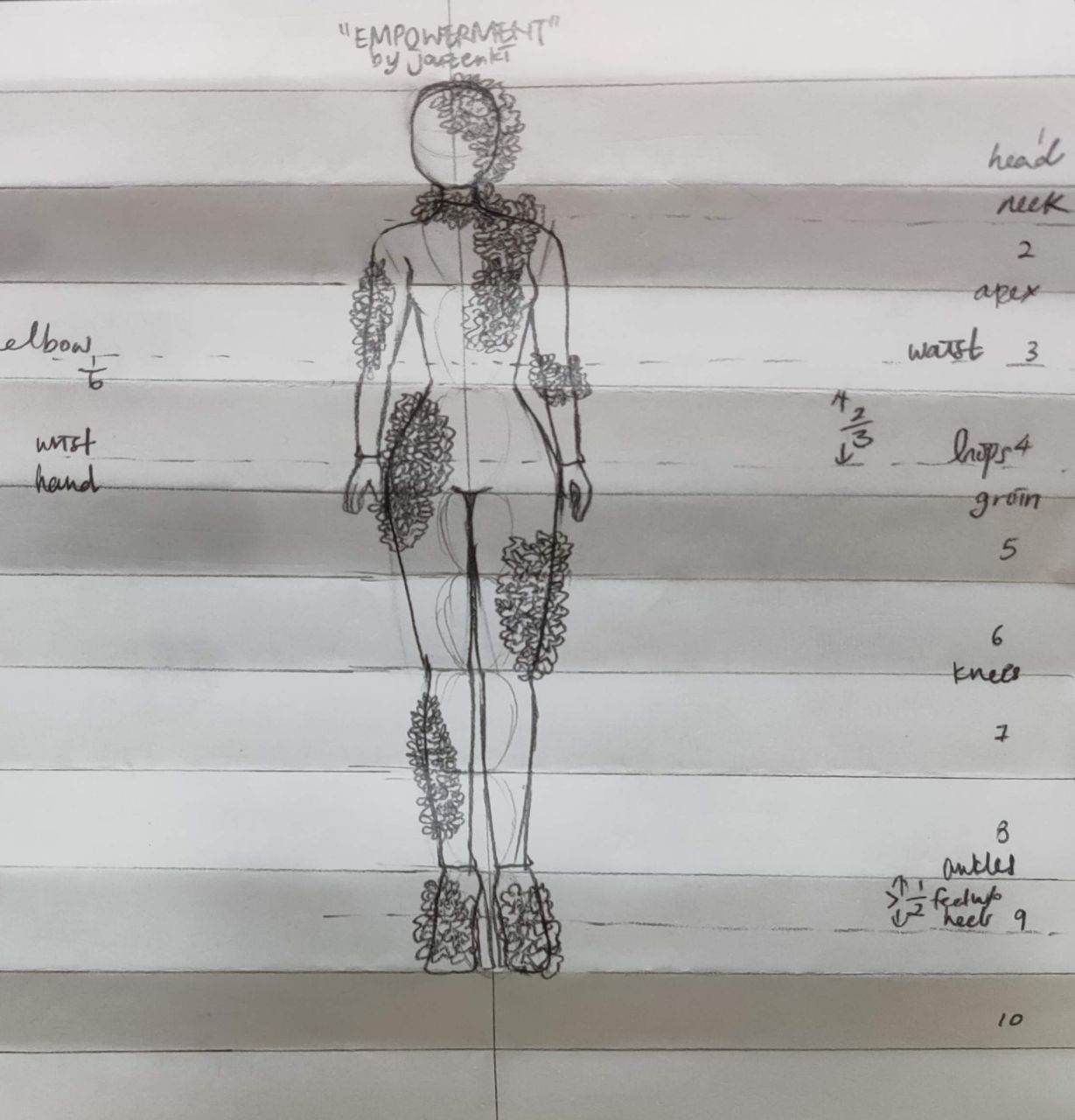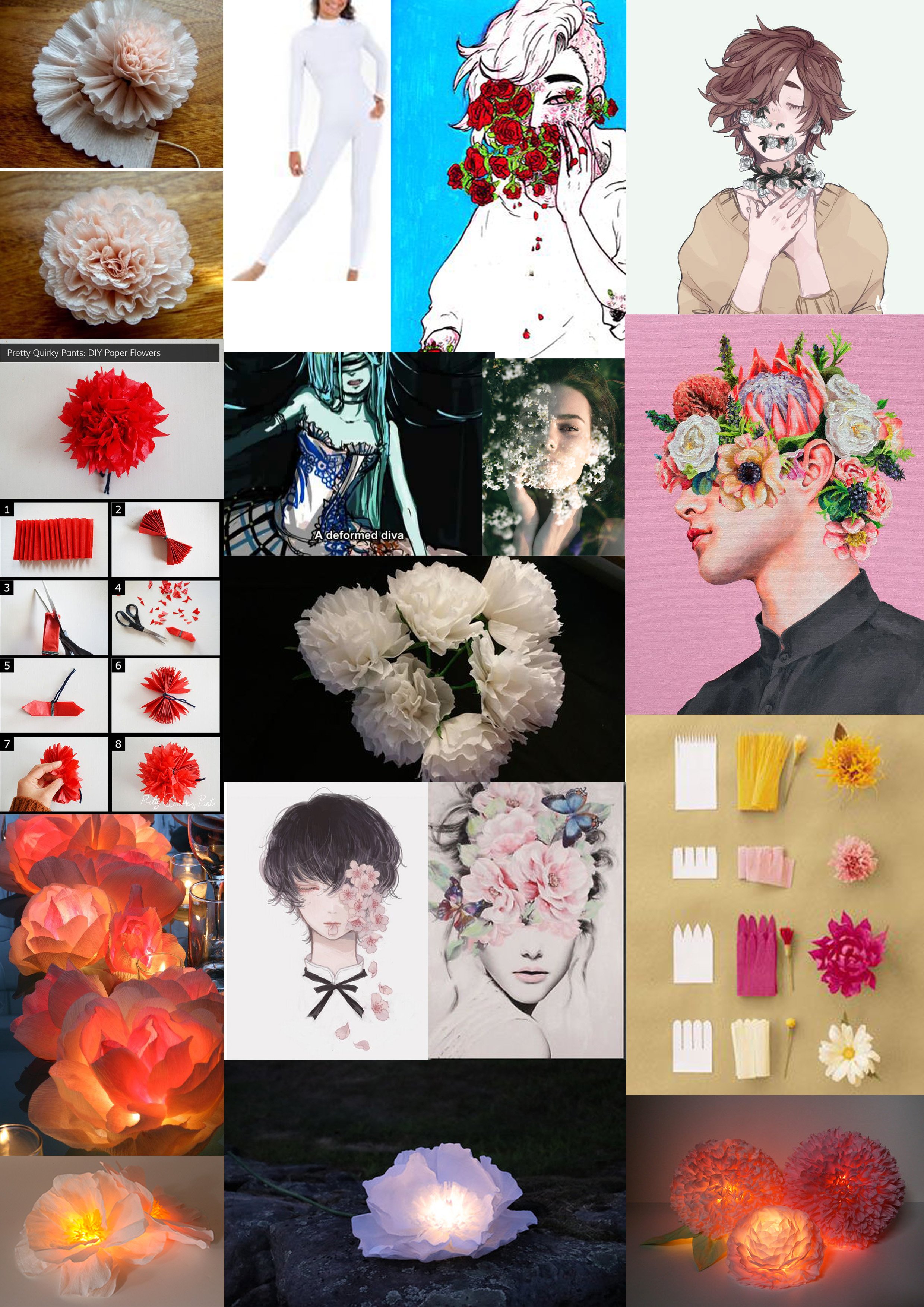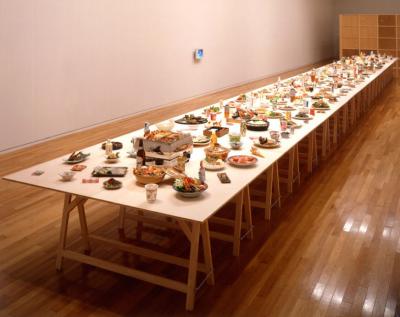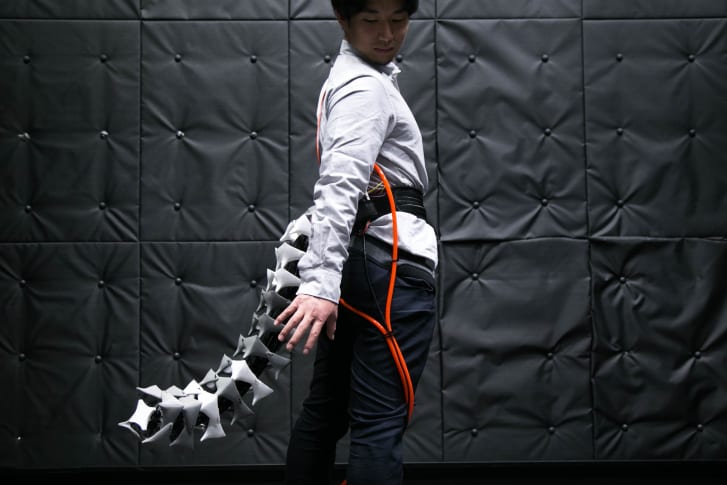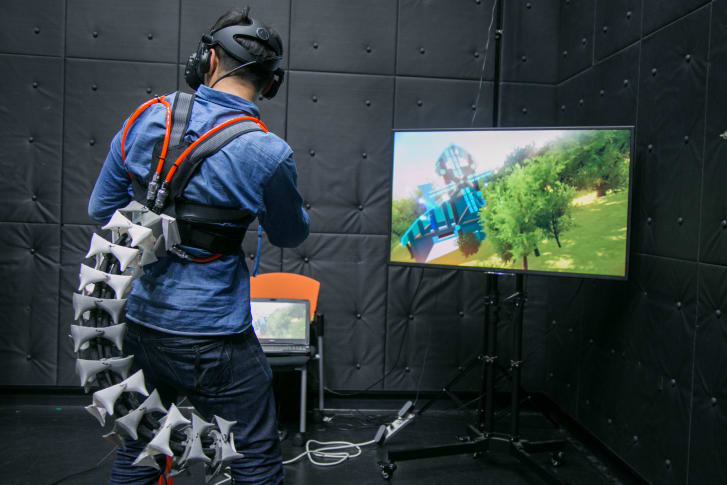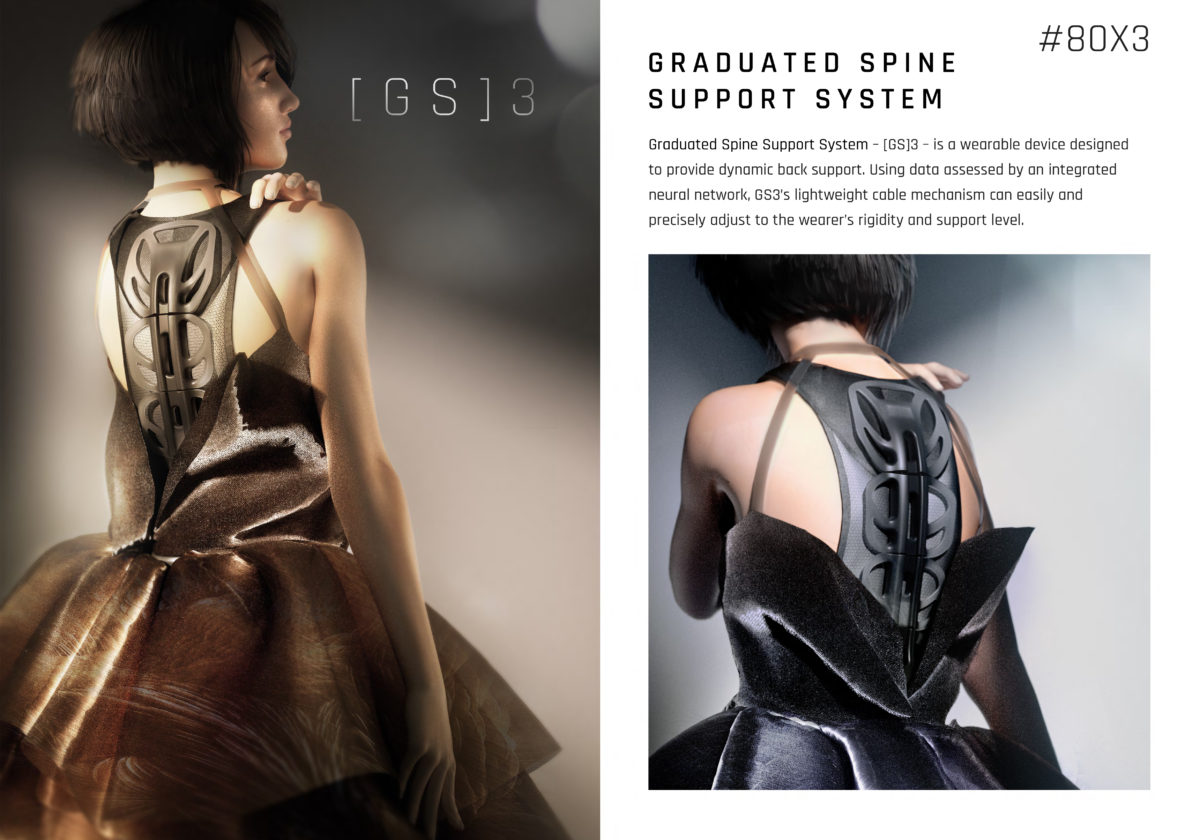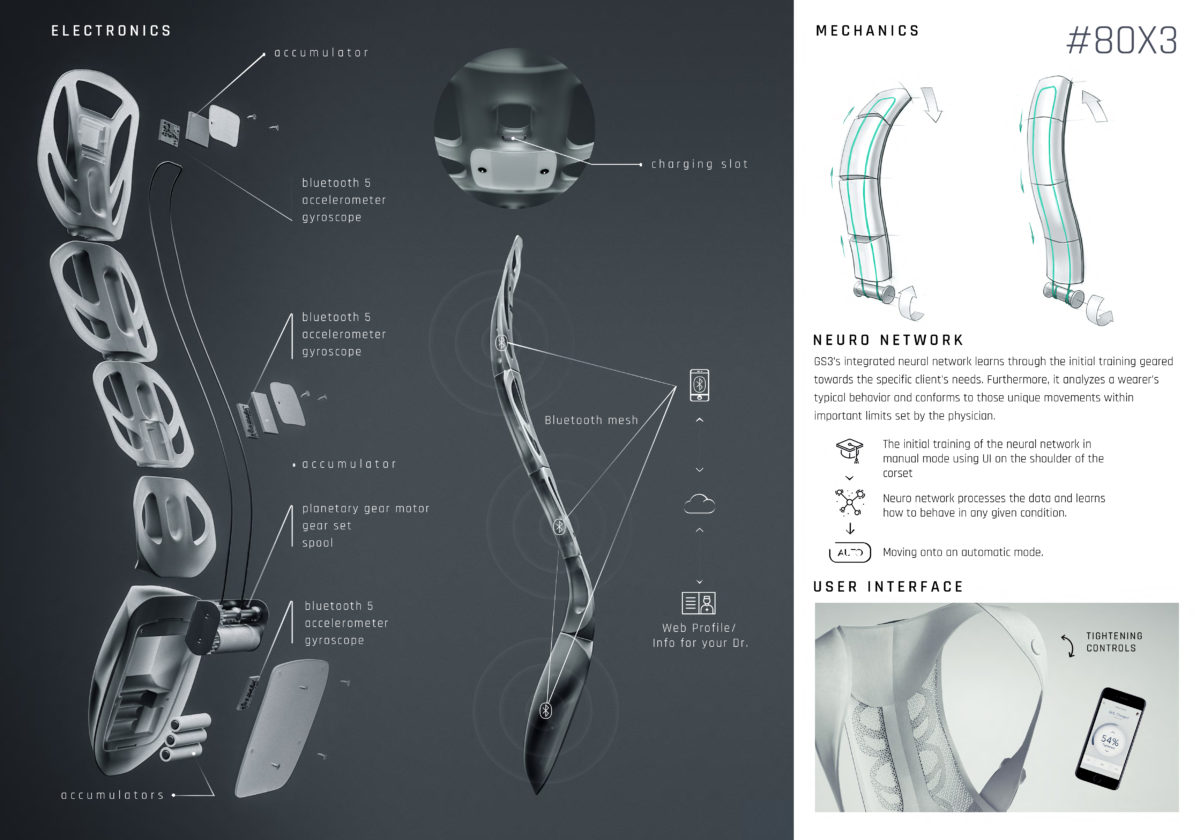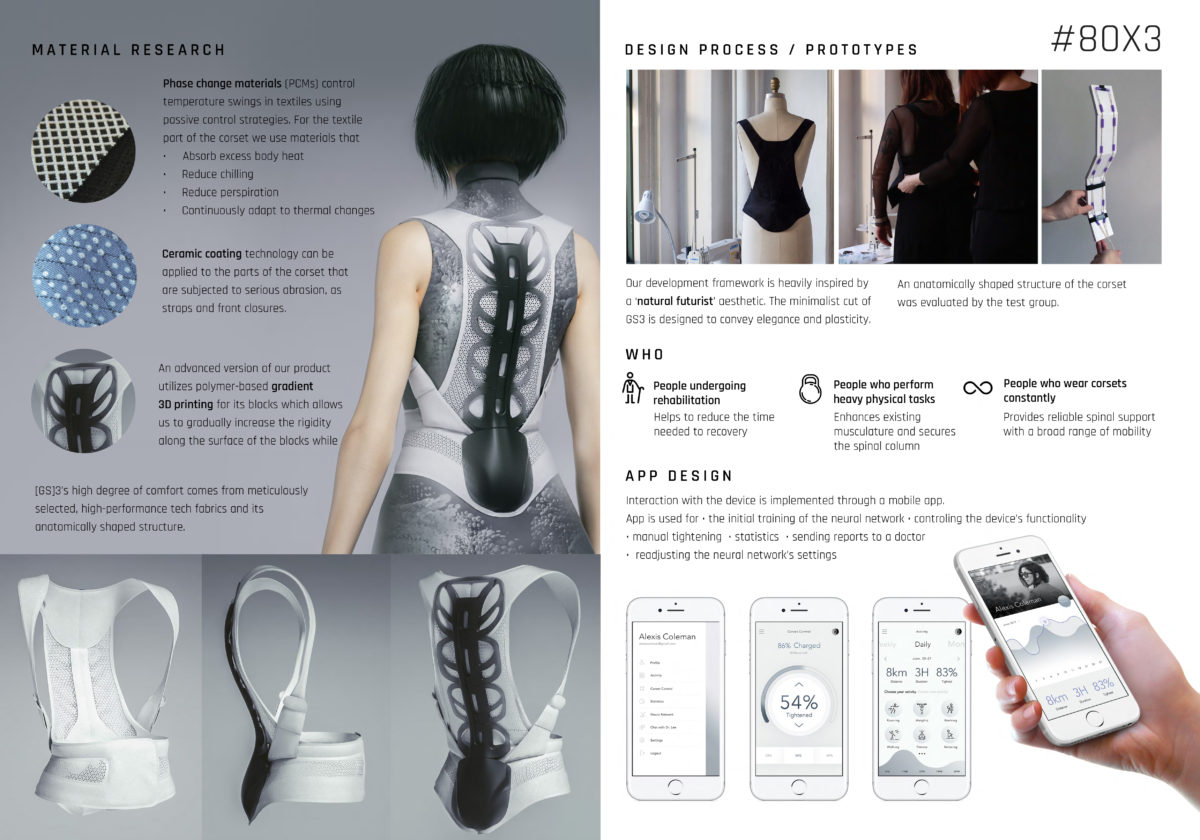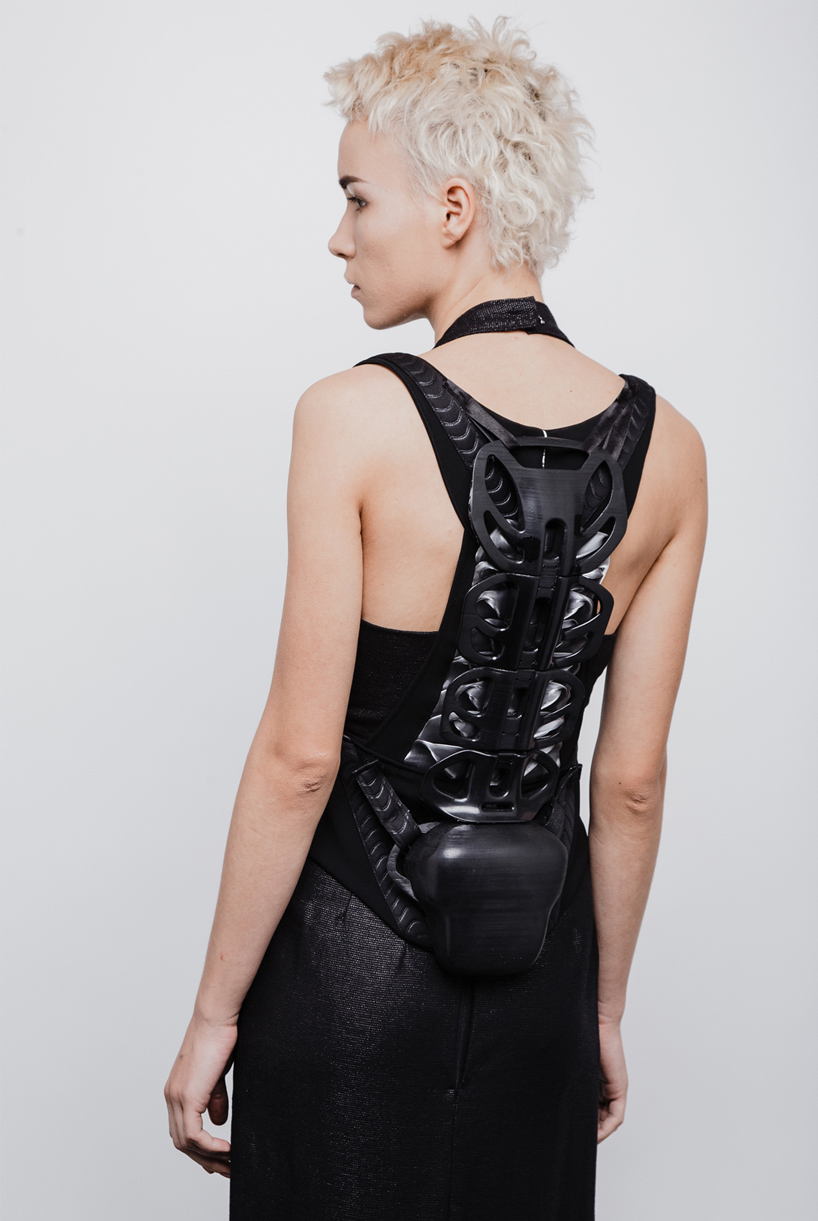“Transfer of a Zone of Immaterial Pictorial Sensibility” (1959–62)
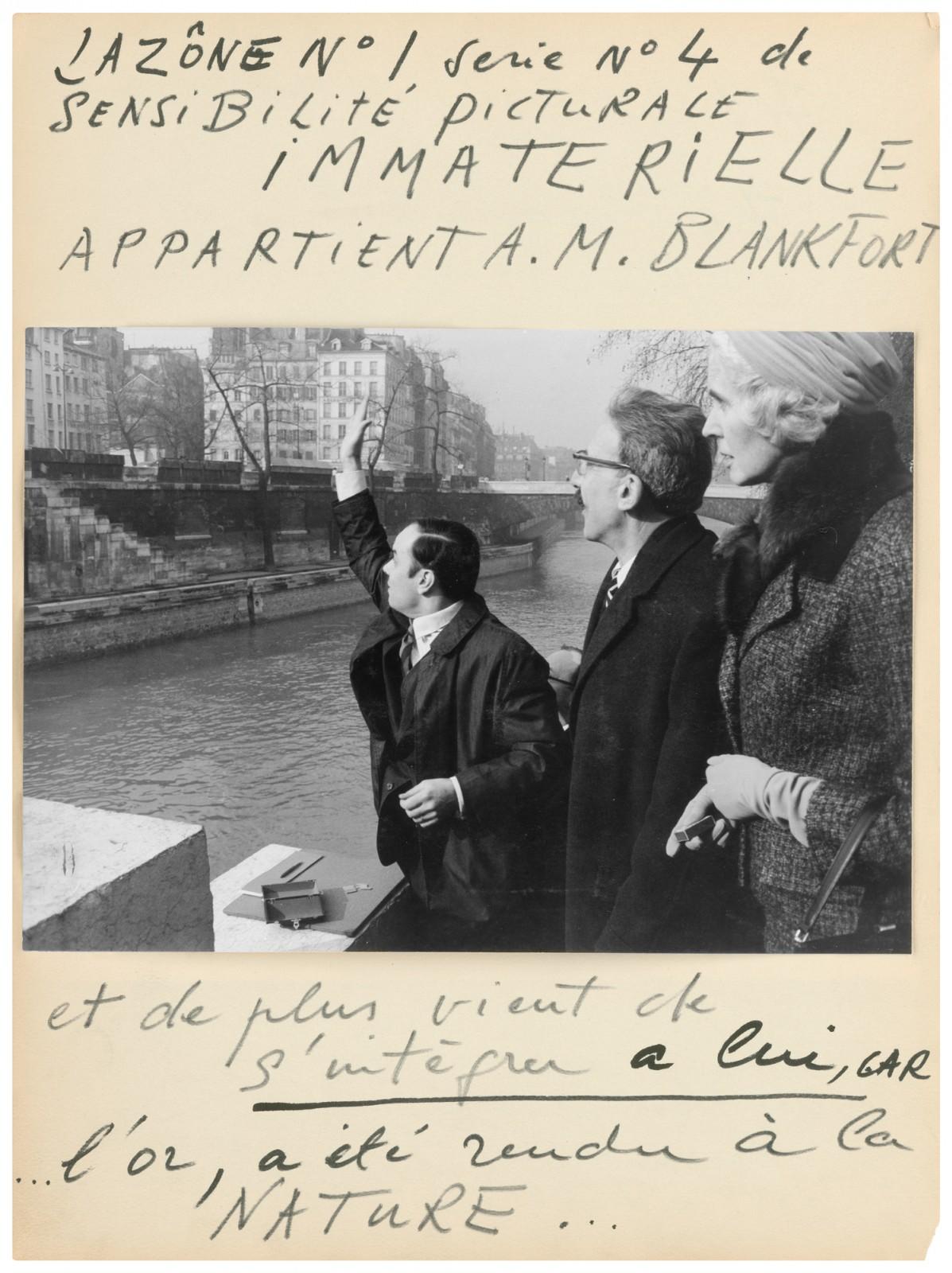
Transfer of a “Zone of Immaterial Pictorial Sensibility” to Michael Blankfort, Pont au Double, Paris, 10 février 1962
Yves Klein created “Transfer of a Zone of Immaterial Pictorial Sensibility” (1959-62) as a commentary on the importance of materiality. This social practice art revolves around the idea of offering people a limited “edition” of ten “Zones of Immaterial Pictorial Sensibility” to collectors in exchange for specified weights of gold. These zones are “immaterial zone”; in other words, they don’t really exist as zones for purchase.
Anyone who purchases the zone will have a receipt issued to them, specifying the weight of gold they handed over. The receipt will then be burnt and then half the gold thrown into the ocean where it is irretrievable. The transaction between the artist and the collector had to occur in front of at least two witnesses, along with a curator or critic, and documented by photograph.
This is a symbolism where there can be no question of the buyer owning any physical object or residue, apart from their memory of the action. Also, every possible buyer must realize that the fact that they accept a receipt for the price which he has paid, it takes away all his possessions (the gold and any other items used to pawn). This art piece by Yves Klein brings up a question of material possession VS figurative possession. In other words, it is about having an actual object opposed to having the memory of having done something. Which is more meaningful and precious?
The immateriality of the zones created in exchange for the loss of gold means that the ownership of these zones can never deteriorate. It is through an unspoken rule that the zone is owned by the buyer, and this ownership cannot be transferred unlike if an actual object is being purchased.
However, some people also feel that it is more secure and real to have an actual sort of proof that they own the zones that they purchased. As a result, they refuse to incinerate their receipts, which leaves the immateriality of their zones incomplete because in a sense, their zones still existed with the receipt proof.

To be honest it took me a seriously long while to understand what the art was trying to prove, but I guess in terms of social practice it brings up a valid point; how significant is it in our lives to have something material? All of us have precious things such as our good memories with our family, or a relationship that was beautiful before it ended. These are clearly not material, but they are kept safely in our hearts. Then again, there are also material things that are important to us, such as a piano that has been with you for ten years, or a puppy that grew up with you from infancy.
However, after thinking about it, I feel that if I had to decide what is more important (material vs immaterial) I would say that the core thing that keeps us happy or satisfied are the immaterial. I see it this way because I feel that it is the memories or feelings, we had with the material things which makes us happy when we once used a product or spent time with something. Ultimately, these past feelings and memories are considered immaterial. This kind of proves a valid point in Klein’s artwork even though I am not sure if that was the point of it at all, that immateriality is sometimes the only thing necessary to prove a social point. As long as there is a common understanding between people that such a thing existed, it would suffice as an experience lived through.
Nevertheless, I still want to highlight how immaterial things are ultimately not very practical in our society even though as a social practice it can do things like save the environment or enhance a social experience. For example, money is material, but it is extremely necessary. Honey, memory alone will not fill a rice bowl, but money can be used to purchase food for survival. As a social practice, it is ideally nice to have nonsensical theories about how material proof is not necessary for a wholesome experience, but it is actually quite important. With how twisted reality can be, material products have to exist to provide some sort of proof against the law and justice system, and material products are also used to sustain our survival as a proof of us deserving of certain things. We need to consider the practicality of certain theories, and remember the consequences of drastically changing the system we live in.
Summary:
This art piece is a social practice art because it goes against the usual societal perception of transactions. Where capitalism rules, materials such as money and products are highly prized and held with great importance. However, this art focuses on how immateriality can also be considered a transaction tool, especially since this art performance occurs 5 years before the rise of conceptual art.

